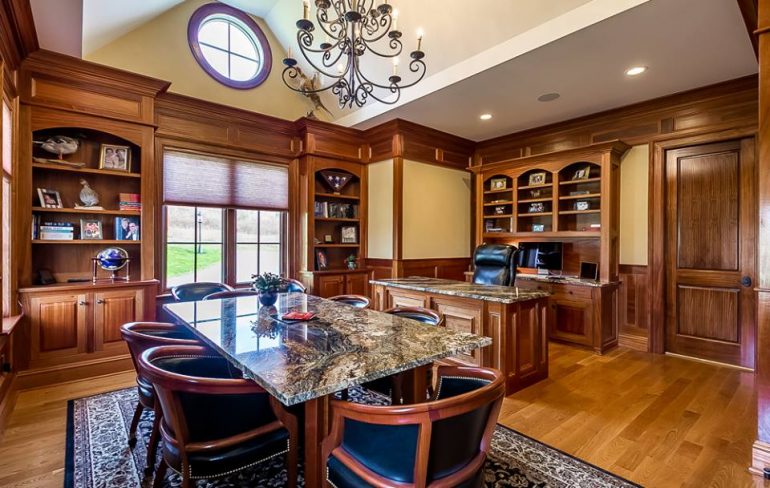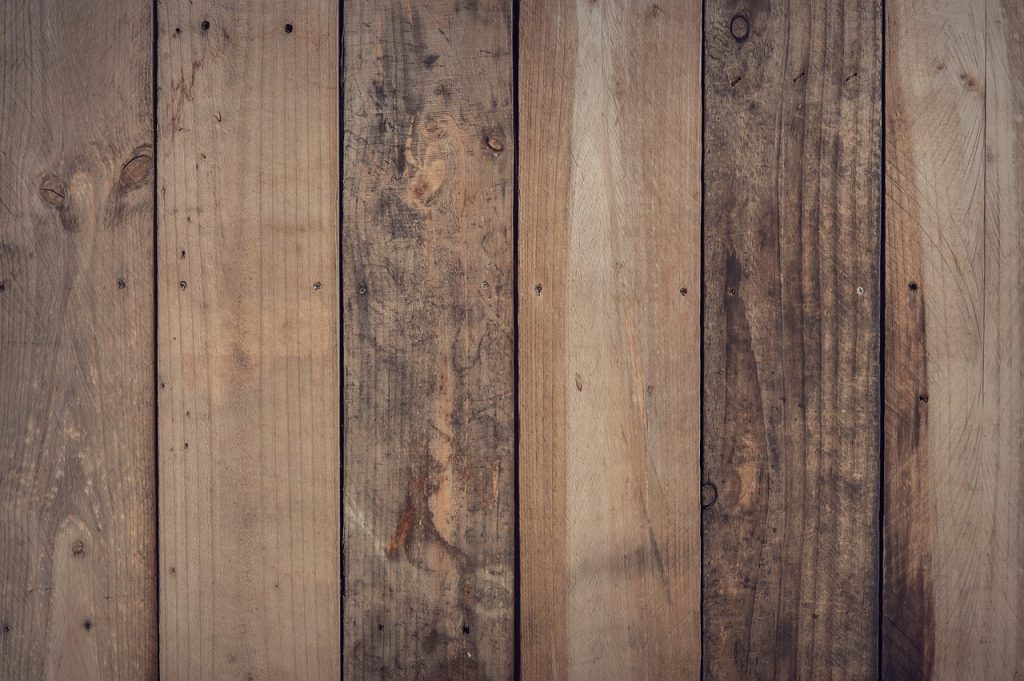Hardwood flooring and particularly, an oak hardwood floor, can make a prize flooring in suitable residential and commercial construction projects. Over 90 species of Oak are homegrown in North America making it abundantly available and affordable. If you are considering an Oak hardwood floor for your project, we have summarized your options and considerations.
Hardwood Plank Construction
Not every board of hardwood oak flooring is made in the same manner. Your first and most important consideration is deciding on the construction type of the board. There are two types of hardwood flooring. One called solid flooring and the second engineered flooring.
Solid Oak Flooring –
Often referred to as ‘real wood flooring’. The board is made from solid oak construction from end to end. The use of complete hardwood means that the boards are extremely strong and durable. Which means, service life can exceed 100 years if basic care is maintained. While their construction ensures long service life, it also creates a number of problems in certain interiors.
Problems With Natural Hardwood
Natural hardwood reacts to changes in temperature by expanding in hot temperatures and of course contracting in cold temperatures, which can lead to expedited wear and tear. Furthermore, humid and wet conditions can penetrate the hardwood and cause serious damage to the boards. It means that if your project enjoys under floor heating or you are considering fitting hardwood in the bathroom, kitchen and basement areas solid oak flooring is the wrong type for you. Solid oak flooring is highly recommended in all other areas of the home.
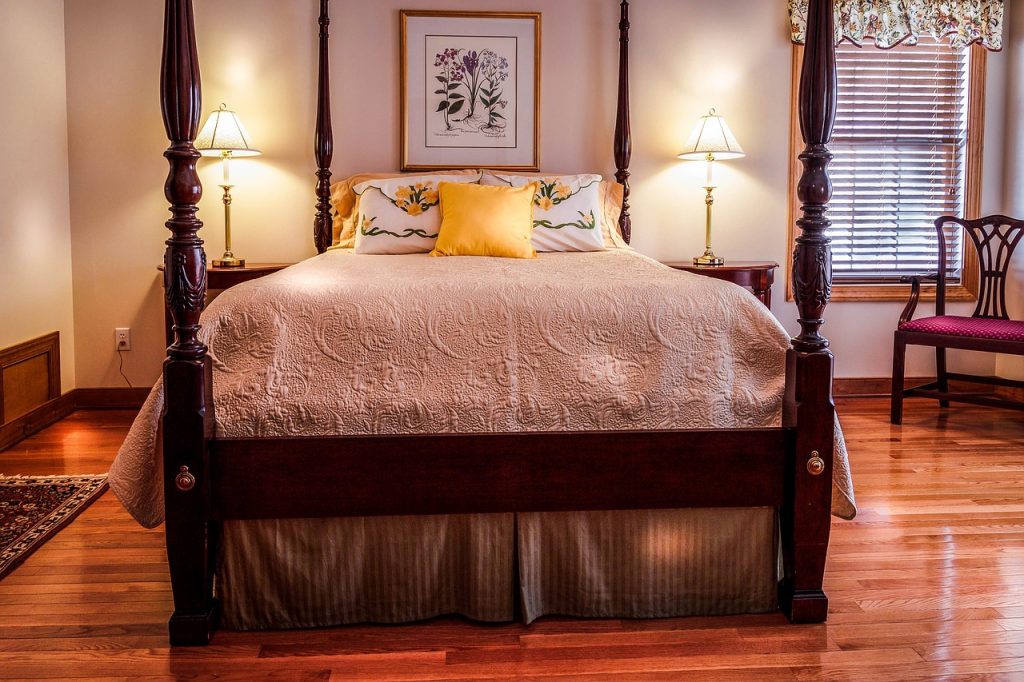
Engineered Oak Flooring –
Its descriptive name comes from the construction of each board. An engineered hardwood flooring board is made from layers of solid hardwood. Then supported by syntactic materials. The first layer is made from solid oak (3mm to 6mm on average), supported by MDF, Plywood and Softwood. So when fitted, the floor will look identical to solid oak flooring. This engineered construction means that you can fit oak flooring over under floor heating as well as in areas that experience humid and wet conditions. On the other hand, the durability of an engineered hardwood will never match that of a solid hardwood and service life is often reduced to 25 years.
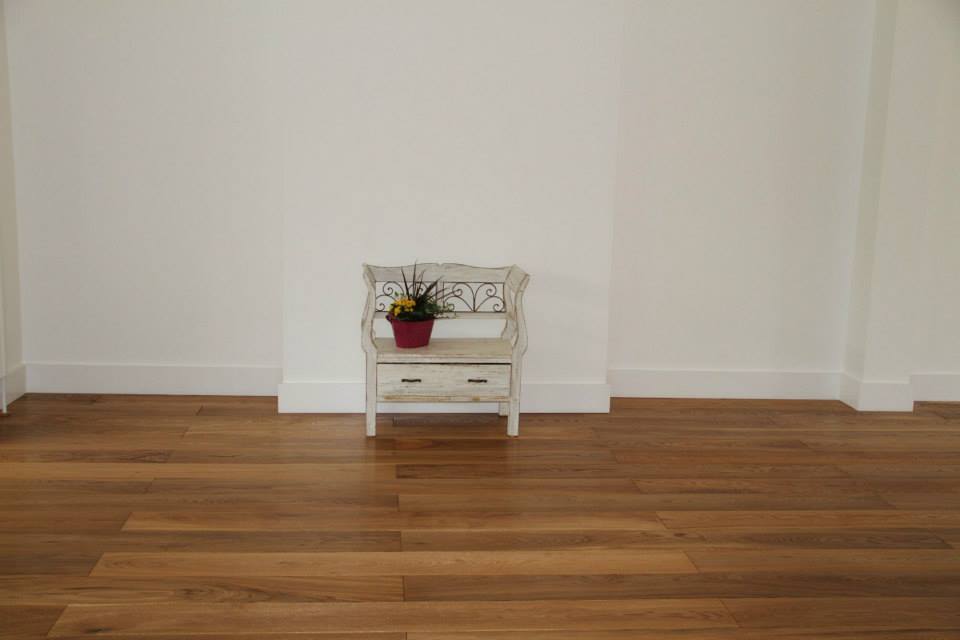
Image: engineered-oak-flooring.jpg
Hardwood Planks Grade
You may have noticed that natural hardwood contains features such as sapwood, knots, grain markings and color variation. A grading scale measures the abundance of such features. Meaning that, more of these unique features can appear in interiors where rustic look is desired. In other cases, less of these features will appear resulting in a more uniform outcome. There are four grades of Oak flooring, equal in quality, but different in the presence of natural hardwood features.
Rustic Grade Oak –
Rustic is the basic grade where the hardwood plank features plenty of sapwood knots of uneven sizes. In addition, in rustic oak, color variation must be expected.
Natural Grade Oak –
Natural oak grade is similar to the Rustic grade. Because you can expect plenty of sapwood, knots and color variation. However, on a smaller scale. Note that grade does not equal quality it is merely a design preference.

Image: natural.jpg
Select Grade Oak –
From here on, the planks feature less sapwood and knots, perhaps randomly, but certainly not widespread. The color variation between the planks is insignificant.

Image: select.JPG
Prime Grade Oak –
Prime is the highest grade. The hardwood is taken from the middle of the oak log. Meaning it includes even color distribution and very few knots or sapwood.

Image: prime.jpg
Hardwood Planks Finish
The very last consideration before you can head off to your local store is deciding on the finish. Each oak plank is traditionally finished in a layer of protection. This is regardless of the oak hardwood flooring being solid or engineered and regardless of the oak grade. Then the finish can be applied once the floor is fitted. However, more commonly, before you even get it by the vendor of your choice. Options of finish revolve around Oil or hard Lacquered substance finish.
Oil Finish –
Oil is the successor of the wax finish. It is more durable than wax and does not collect dust. It is also extremely durable as oil is able to seep into the hardwood, thereby made less exposed to the abrasive nature of our shoes. Oil will give the floor a matt finish.
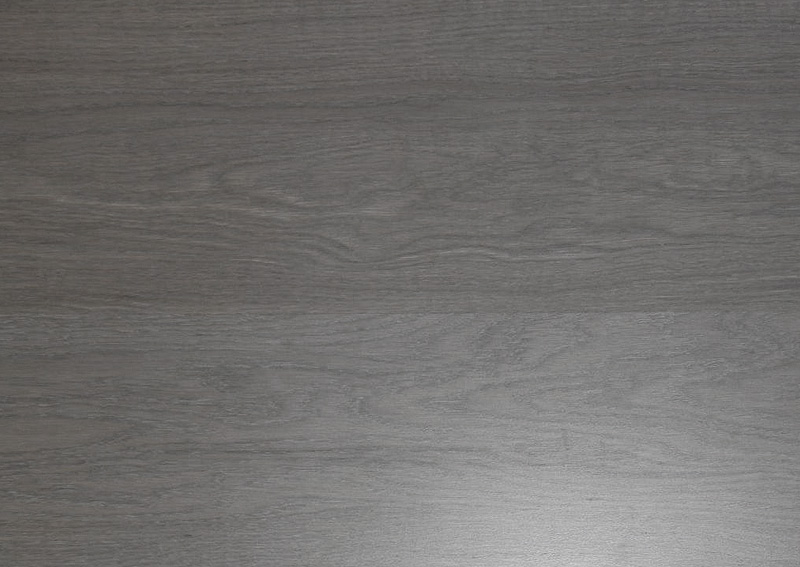
Image: oiled.jpg
Lacquered Finish –
The lacquer substance is less durable compared to oil finishes. As a result, it can make the floor almost waterproof. Should you decide to fit oak flooring in the bathroom or kitchen areas, the lacquer finish is perfectly suitable to repel water. Lacquer will result in a glossy finish.
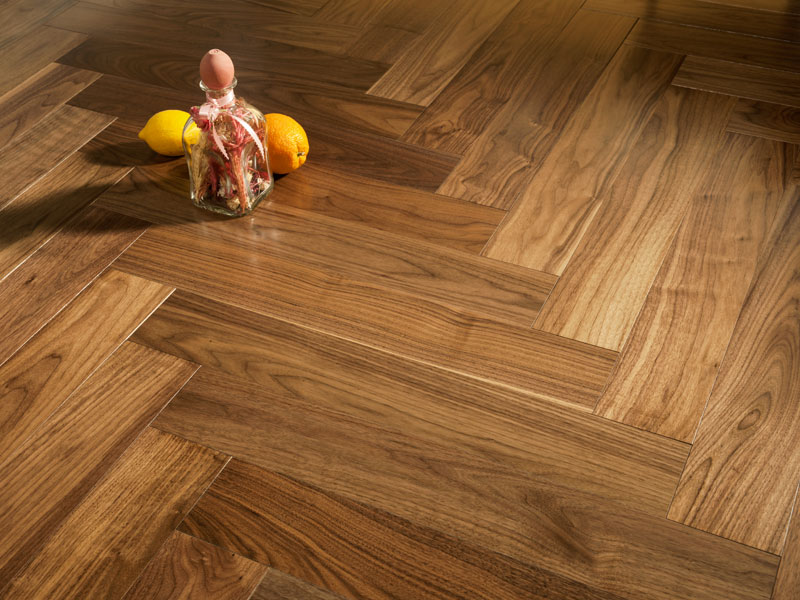
Image: lacquered.jpg
Both Oil and Lacquered finishes require care and reapplication from time to time in accordance with the manufacturer guidelines.
We hope these oak flooring tips have helped.
Biography
Bio: written with help of Jonathan Sapir of Wood and Beyond. Jonathan is the MD and has over 20 years experience in residential and commercial projects.
Thank you so much Jonathan your useful information. It will help make our readers more informed about their decision about their next hardwood oak floor purchase.
If you are a CT resident and need help choosing the perfect oak hardwood flooring. Please don’t hesitate to contact All About Interiors we also install!
This post is a collaborative effort and may contain relative and relatable affiliate links. All opinions are our own and for informational purposes only.

